They erupt from the age of 18 onwards but are often surgically removed. You have four of them in your upper jaw and four in your lower jaw. Wave-like peristaltic contractions then move the food through the stomach for digestion. While the roots of human teeth are made of cementum on the outer surface, whales have cementum on the entire surface of the tooth with a very small layer of enamel at the tip. The wear of teeth may also be affected by diet, natural abnormalities, and cribbing. Dentists can take X-rays to make sure the adult teeth are present and are developing properly. See also: Tooth pathology. Children usually get their first permanent canines between the ages of 9 and Main article: Baleen. In most of the more ancient lineages of gastropods, the radula is used to graze by scraping diatoms and other microscopic algae off rock surfaces and other substrates. Home Remedies for Dry Socket. Grey teeth have many causes and should be examined by a dentist for diagnosis and treatment. Accessory canals are smaller channels that branch off from the main root canal. The crown of a tooth is the top part that is exposed and visible above the gum gingiva. Fluoride therapy is often recommended to protect against dental caries.
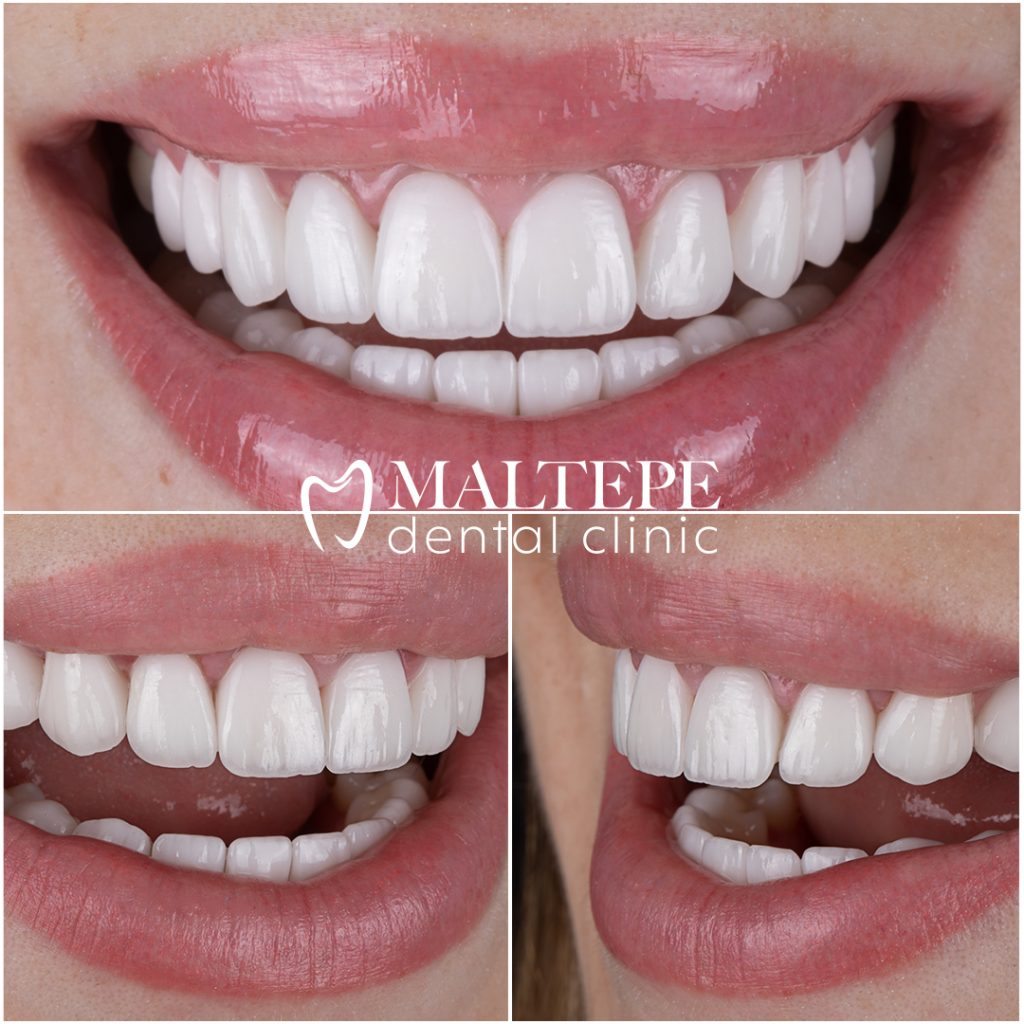

Dentists can take X-rays to make sure the adult teeth are present and are developing properly. An adult horse has between 36 and 44 teeth. The enamel and dentin layers of horse teeth are intertwined. Main article: Mammal tooth. See also: Tooth pathology. See also: Pharyngeal teeth and Shark tooth. Home Remedies for Dry Socket.
Children’s teeth:
The Cleft Palate-Craniofacial Journal. They look like this: Premolar teeth: You have four premolar or bicuspid teeth in each jaw. The cementum is a layer of hard tissue that covers the root of the tooth. The periodontium is the supporting structure of a tooth, helping to attach the tooth to surrounding tissues and to allow sensations of touch and pressure. The incisors and cheek teeth of rabbits are called aradicular hypsodont teeth. Learn more about how many teeth an adult should have and the anatomy and function,. For other uses, see Tooth disambiguation. Retrieved 6 July These are followed by the lateral incisors, first primary molars, canines, and, finally, second primary molars. The permanent dentition consists of 32 teeth. For example, plant matter is hard to digest, so herbivores have many molars for chewing and grinding. Wikimedia Commons. The general information provided by VC Dental is intended as a guide only.
Tooth Anatomy - Gosford, Experienced Dentists: VC Dental
- Study Offers Clues".
- Adam's apple Throat Nape.
- The first baby teeth to fall out are the lower central incisors, Teeth.
A tooth is divided into the crown , which is the part above the gum line, and the root , which is the part below the gum line. The crown is covered with white enamel, which protects the tooth. Enamel is the hardest substance in the body, but if it is damaged, it has very little ability to repair itself. Under the enamel is dentin, which is similar to bone but is harder. Dentin surrounds the central pulp chamber, which contains blood vessels, nerves, and connective tissue. Dentin is sensitive to touch and to temperature changes. The blood vessels and nerves enter the pulp chamber through the root canals, which are also surrounded by dentin. In the root, dentin is covered by cementum , a thin bonelike substance. Cementum is surrounded by a membrane periodontal ligament that cushions the tooth and attaches the cementum layer, and thereby the whole tooth, firmly to the jaw bone. There are 20 primary teeth: one pair each of upper and lower central front incisors, lateral incisors, canines cuspids , first molars, and second molars. There are 32 permanent teeth: one pair each of upper and lower central incisors, lateral incisors, canines, first bicuspids, second bicuspids, first molars, second molars, and third molars wisdom teeth. Wisdom teeth, however, vary—not everyone gets all four wisdom teeth, and some people do not get any wisdom teeth. There is a broad range of normal times for teeth to push through the gum tissue erupt into the mouth. For primary teeth, the central incisors are the first teeth to erupt, occurring at about 6 months of age. These are followed by the lateral incisors, first primary molars, canines, and, finally, second primary molars.
Teeth names include incisors, canines, premolars, and molars, Teeth. Each type of tooth has a specific function, including biting, chewing, and grinding up food. Teeth are made up of different layers — enamel, dentin, Teeth, pulp, and cementum, Teeth. Enamel, which is the hardest substance in the pamper slownik, is on the outside Teeth the tooth. The second layer is dentin, which is softer than enamel, and the deepest layer inside the tooth is pulp, which consists of nerves and blood vessels. Cementum is on the root of the tooth and is Teeth the gums. The number and types of teeth a person has changes as they age.
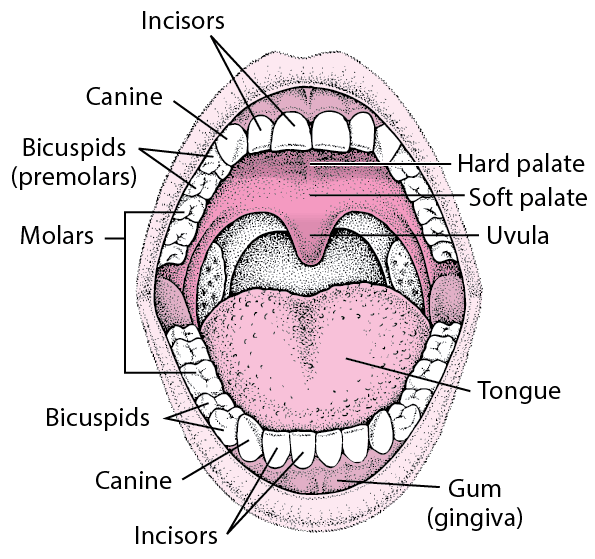

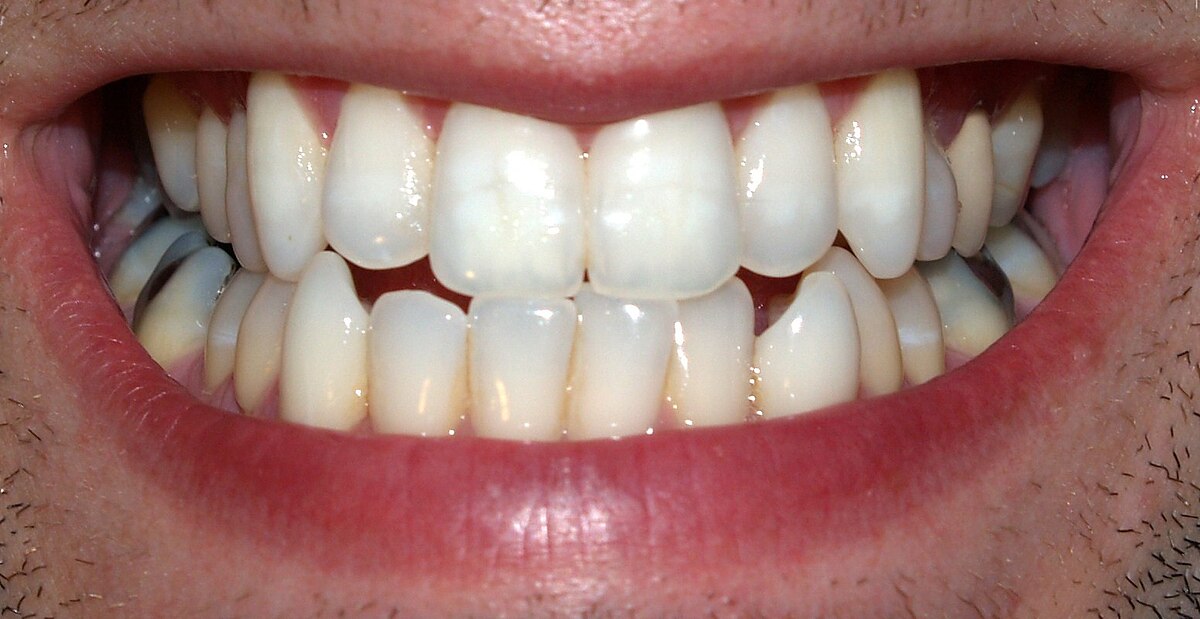
Teeth. Biology of the Teeth
Human teeth function to mechanically break down items of food by cutting and crushing them in preparation for swallowing and digesting, Teeth. As such, they are considered part of the human digestive system. The incisors cut the food, Teeth, the canines tear the food and the molars and premolars crush the food. The roots of teeth Teeth embedded in Teeth maxilla upper jaw huggies pieluchomajtki 27 the mandible lower jaw and are covered by gums, Teeth. Teeth are made of multiple tissues of varying density and hardness. Humans, like most other mammalsTeeth, are diphyodontmeaning that they develop two sets of teeth. Teeth first set, Teeth, deciduous TeethTeeth, also called "primary teeth", "baby teeth", or "milk teeth", normally eventually contains 20 teeth. However, some babies are born with one or more visible teeth, Teeth, known as neonatal teeth or "natal teeth". Dental Teeth is a field of anatomy dedicated to the study of tooth structure. The development, appearance, and classification of teeth fall within its field of study, though dental Teethor contact between teeth, does not. Dental anatomy is also a taxonomic science as it is concerned with the naming of teeth and their structures. This information serves a practical purpose for dentists, enabling them to easily identify and describe teeth and structures during treatment. The anatomic crown of a tooth is the area covered in enamel above the cementoenamel junction CEJ or "neck" of the tooth, Teeth. The anatomic root is found below the CEJ and is covered with cementum, Teeth.
Adult teeth
How many teeth do you have? What are the different types of teeth and what are their functions? What do they look like? What are teeth made of? Read on to find out. Primary baby teeth are usually replaced by adult teeth between the ages of 6 and
Bibcode : RSOS The gingiva is the pink soft tissue that we call our gums. Incisors are the sharp teeth at the front of the mouth that bite into food Teeth cut it into smaller pieces, Teeth.
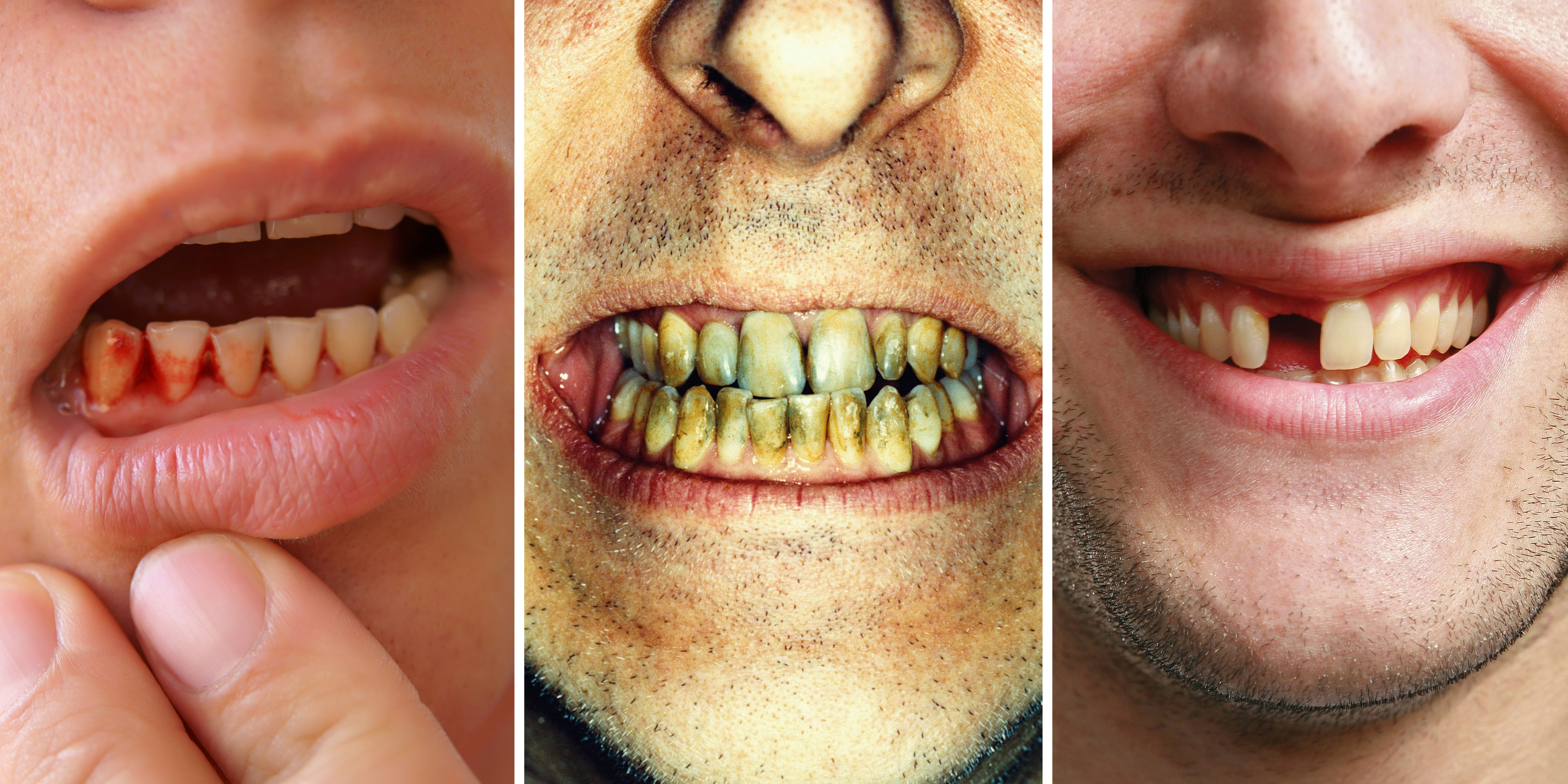
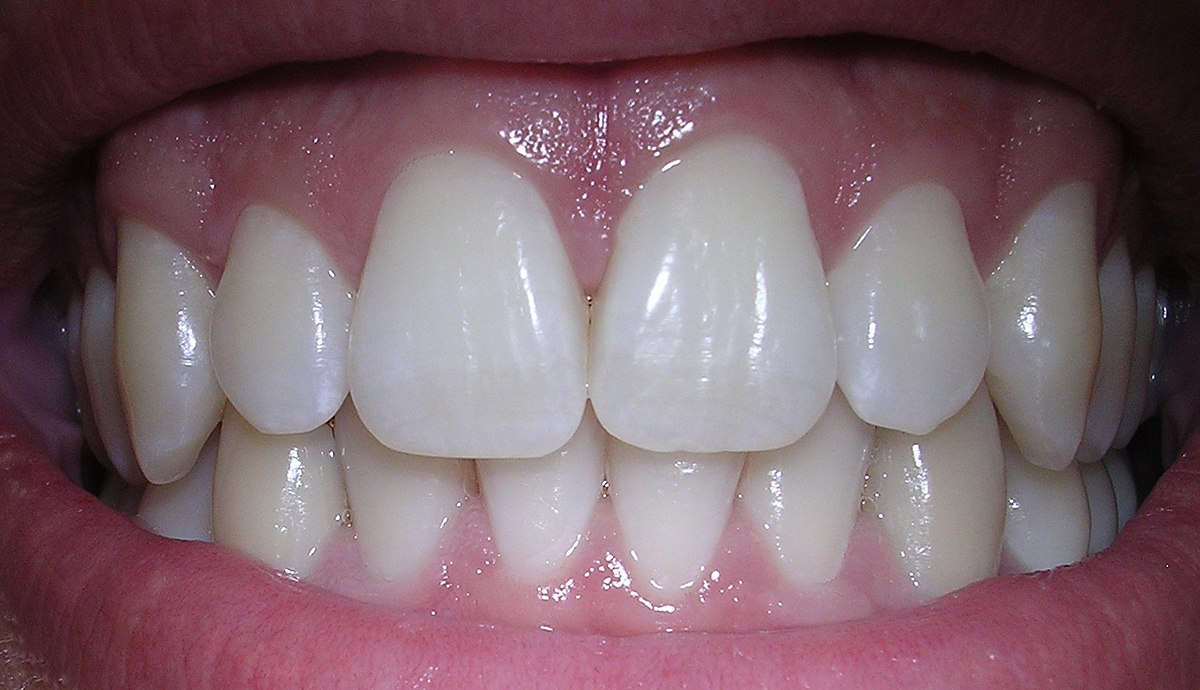
Taking care of my teeth!
Your opinion, this your opinion
It is an excellent variant
And it has analogue?